Description
Based on the most recent standards from ASHRAE, the sixth edition provides complete and up-to-date coverage of all aspects of heating, ventilation, and air conditioning. You’ll find the latest load calculation procedures, indoor air quality procedures, and issues related to ozone depletion. Also integrated throughout the text are numerous worked examples that clearly show you how to apply the concepts in realistic scenarios.
The revision of this text continues to offer comprehensive treatment of heating, ventilation, and air conditioning concepts:
All material is based on the updated ASHRAE Handbook and product criteria and uses both SI and English units.
Practical, realistic problems are presented and the latest procedures and issues are covered.
Suitable for advanced study in HVAC mechanical engineering, architectural engineering, and mechanical engineering technology departments.
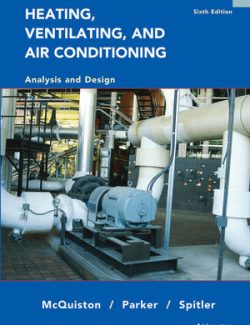
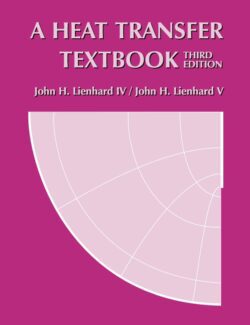
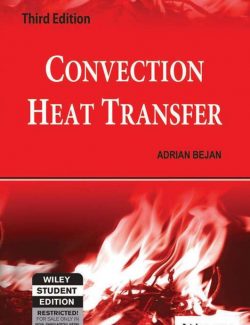
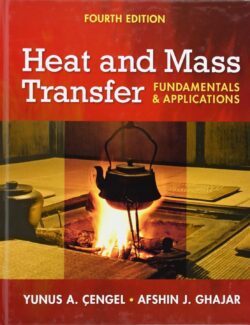
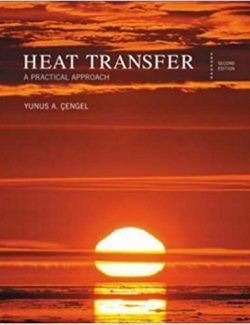
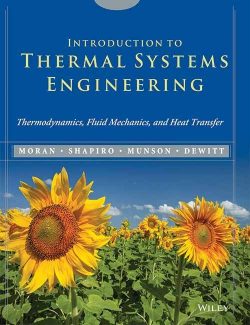
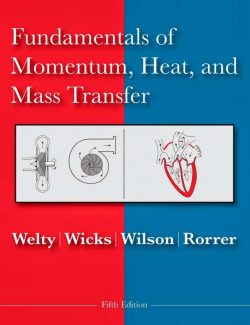
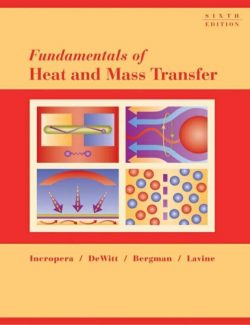
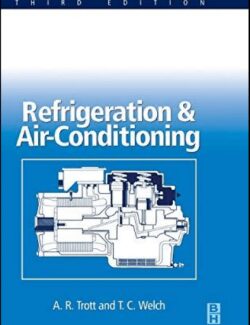
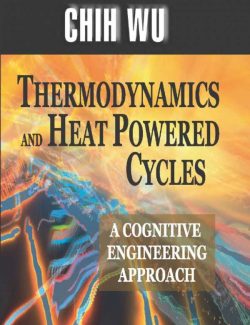
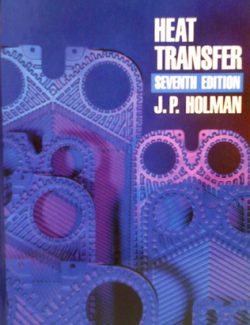
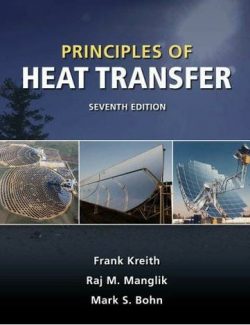
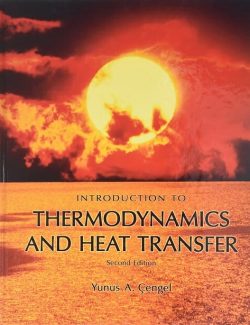
Leave us a comment
No Comments